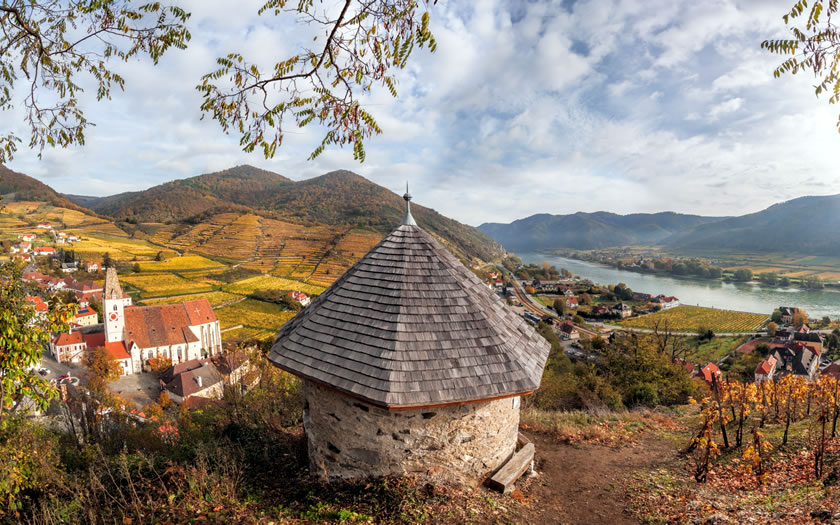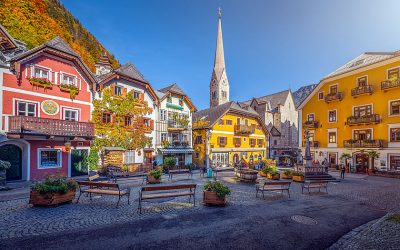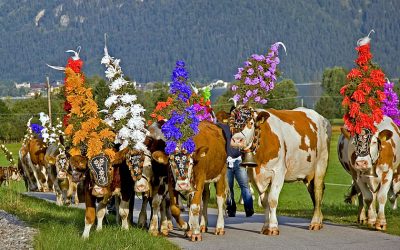Last updated on September 11th, 2024 at 07:55 am
Austria has 12 sites on the list maintained by UNESCO as part of the world heritage of natural or cultural treasures. Austria’s World Heritage Sites are listed from west to east below:
1. Salzburg Historic City Centre
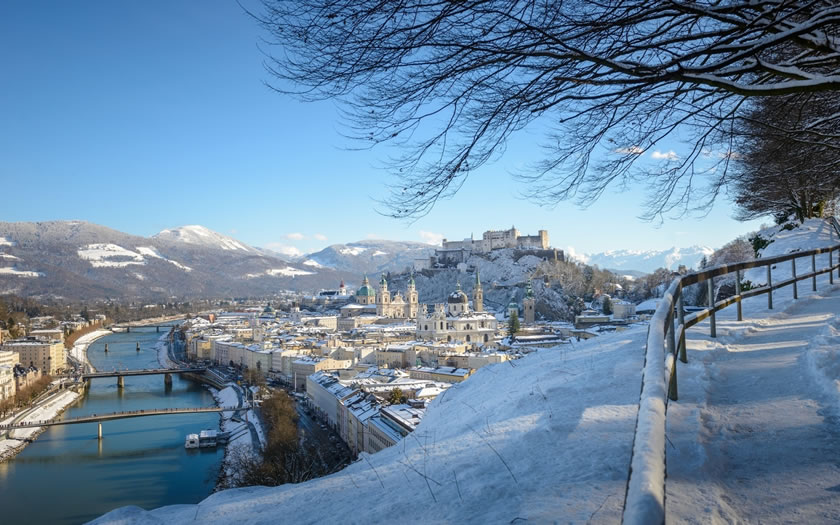
© Tourismus Salzburg
There were a number of reasons for the UNESCO Commission to designate the old town of Salzburg a World Heritage Site 25 years ago. The former bishop’s residence has an impressive combination of ecclesiastical and secular buildings from different stylistic eras. For another, Salzburg’s importance as a music and cultural capital was a decisive factor. The older part of the old town, on the left bank of the Salzach, includes the Kaiviertel, the Festungsberg and the Mönchsberg. The area includes about half of the buildings which have been listed.
More information: www.salzburg.info
2. Prehistoric Pile Dwellings
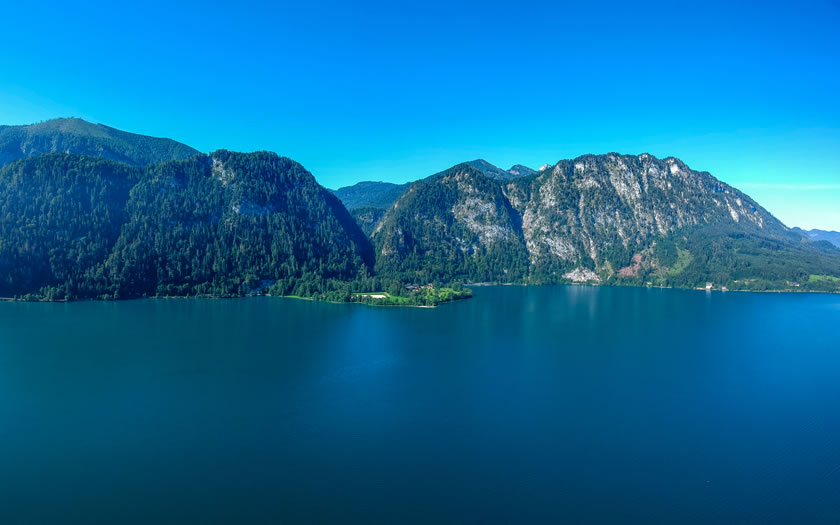
The UNESCO listing for the prehistoric pile dwellings covers a number of c0untries, including a few locations in Austria. Most of the remains of the settlements built of stilt houses are in Switzerland, but there are also remnants which can be found at the Attersee and Mondsee lakes in the Salzkammergut region of Austria. Both of the areas have information pavilions which explain some of the details of how people once lived in these areas.
More information: www.austriadirect.com/attersee-lake/
3. Hallstatt-Dachstein Area
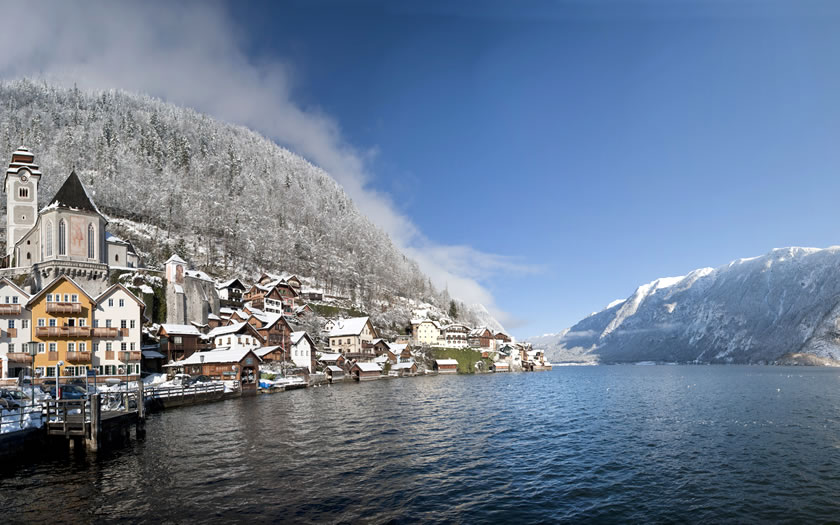
© STMG | Wolfgang Stadler
The Hallstatt-Dachstein-Salzkammergut region has been included in the UNESCO World Heritage List since December 1997. The region owes this distinction to its striking landscape and its scientific significance: salt was mined high in the Hallstatt valley as early as the Bronze Age, and for centuries trade in the “white gold” determined the lives of the inhabitants. Today Hallstatt is still home to the oldest salt mine in the world, which is open to visitors.
More information: www.austriadirect.com/hallstatt-unesco/
4. Ancient Beech Forests of Europe
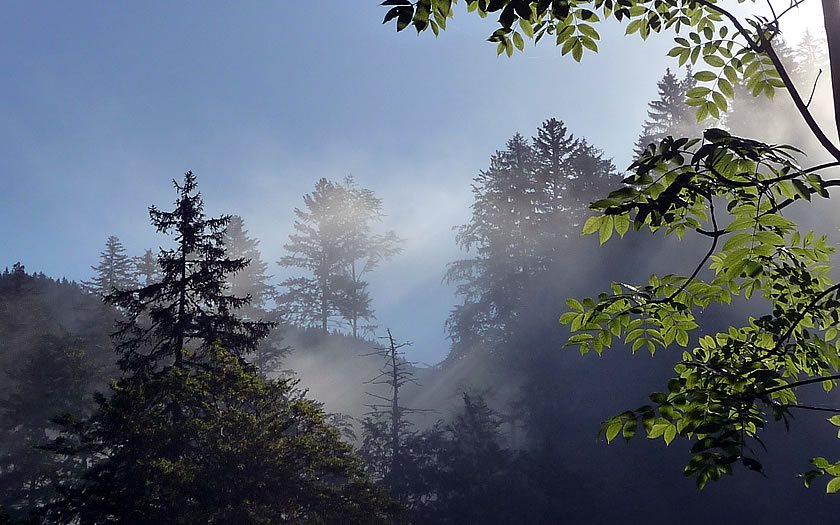
The designation on the UNESCO list of the ‘ancient European beech forests’ also includes some areas in Austria. The Kalkalpen National Park, for example, is Austria’s second largest national park and is characterised by huge mixed woods with remnants of rare primeval forest, streams, caves and rocks. Lynx returned to the forests again a few years back, and red deer, chamois, golden eagles and many other wild animals also make it their home.
More information: www.austriadirect.com/kalkalpen-national-park/
5. Historic Centre of Graz
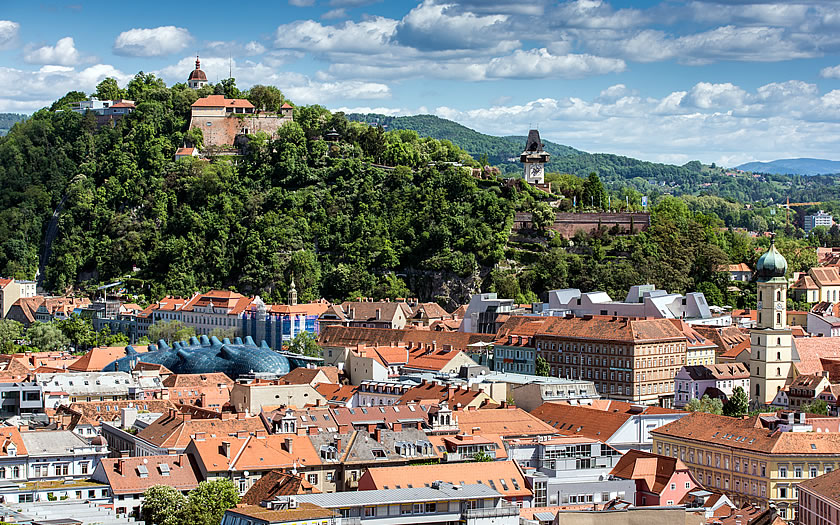
© Graz Tourismus | Harry Schiffer
The old town of Graz has an impressively diverse architectural culture, ranging from the Gothic period to the present day. The combination of red-tiled roofs, towers and contemporary roof constructions can best be admired from the Schlossberg. The clock tower, visible from afar, is also located on this mountain and is the city’s landmark. The UNESCO World Heritage Site also includes Eggenberg Palace, located on the city limits. The largest baroque palace in Styria was once the second seat of the Habsburg family alongside the castle in the city centre of Graz.
More information: www.graztourismus.at
6. The Wachau Valley
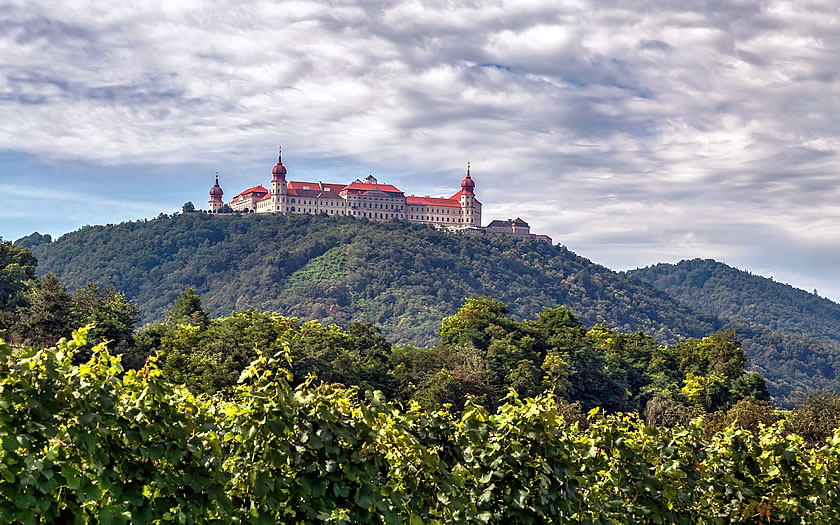
The Wachau valley in Lower Austria has been a UNESCO World Heritage Site since 2000. It is one of the oldest settled areas in Europe, and owes its wine culture to the Romans. Later, it was monasteries that shaped the cultural scene. The Wachau features steeply rising wine terraces on the north bank and gentle orchards on the south bank, with winding lanes connecting the small villages.
More information: www.austriadirect.com/wachau/
7. The Semmering Railway
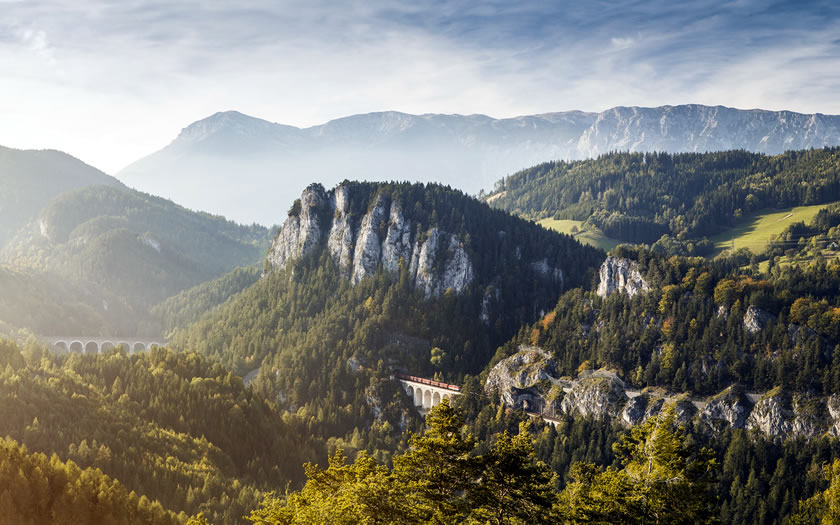
© Niederösterreich Werbung | Michael Liebert
The first train travelled from Vienna over the mountain route at Semmering in the Viennese Alps in 1854. A technical masterpiece, the railway overcomes 459 metres of altitude on the route from Gloggnitz to Mürzzuschlag, passes over 100 arched bridges, 16 viaducts and through 15 tunnels. The view of the railway viaduct once featured on an Austrian bank note.
More information: www.austriadirect.com/semmering-railway/
8. Baden – One of the Great Spa Towns of Europe
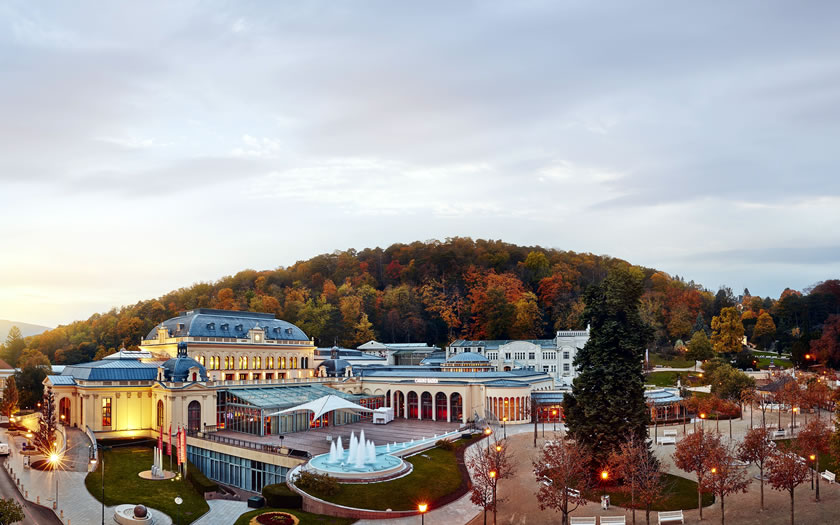
© Niederösterreich Werbung | Michael Liebert
The town of Baden near Vienna is one of Austria’s latest additions to the UNESCO World Heritage List. It was added to the collection of Great Spa Towns in Europe in 2021. More than four million litres of warm sulphur thermal water bubble up daily from the 14 springs in the spa centre and the “yellow-golden” water is used for traditional healing treatments such as sulphur baths, packs, massages and underwater therapy.
More information: www.tourismus.baden.at
9. Historic Centre of Vienna
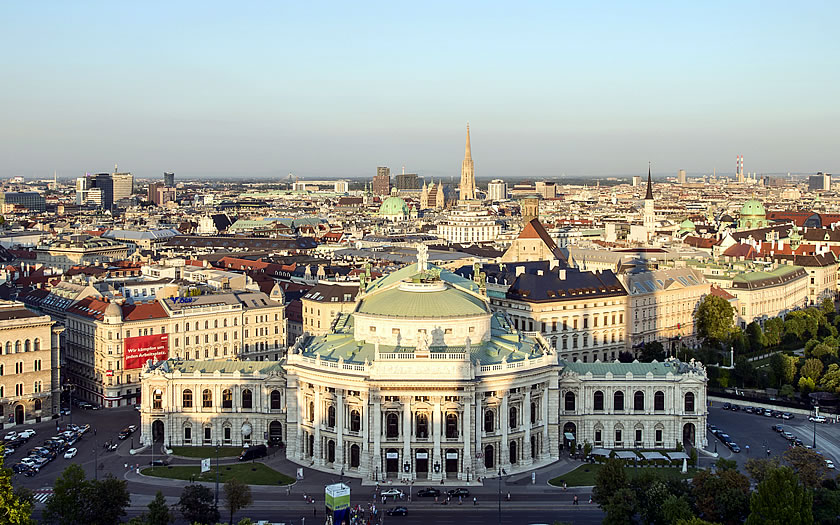
© Wien Tourismus | Christian Stemper
A stroll through the centre of Vienna is a journey through the centuries. Three architectural epochs shape the image of the former residence of the Habsburg emperors: the Middle Ages with the sky-scraping Gothic St. Stephen’s Cathedral, the Baroque era and the Ringstrasse era of the late 19th century, to which the city owes such imposing buildings as the State Opera, the Parliament, the Museum of Art History and the Museum of Natural History.
More information: www.viennadirect.com
10. Schönbrunn Palace & Gardens
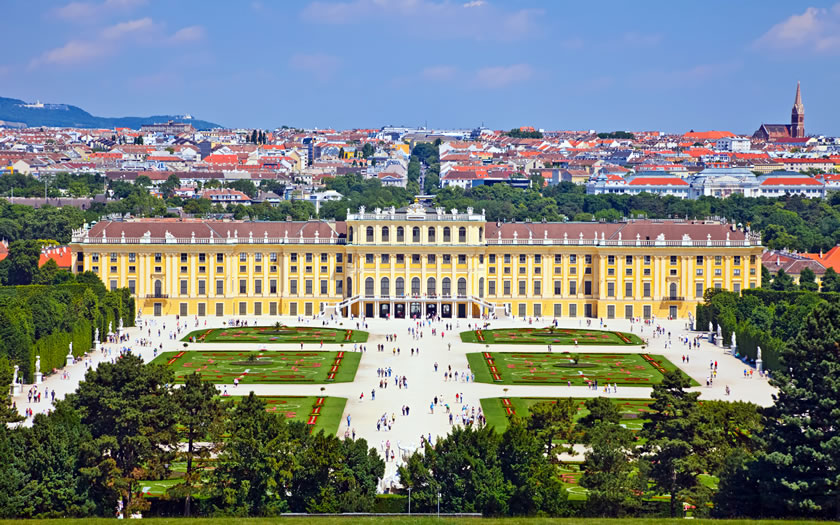
Schönbrunn Palace in Vienna is also a UNESCO World Heritage Site. The deciding factors for the award were the historical significance of the palace, the magnificent furnishings and the gardens, one of the best-preserved baroque complexes in Europe.
More information: www.viennadirect.com/sights/schoenbrunn.php
11. Carnuntum – Danube Limes
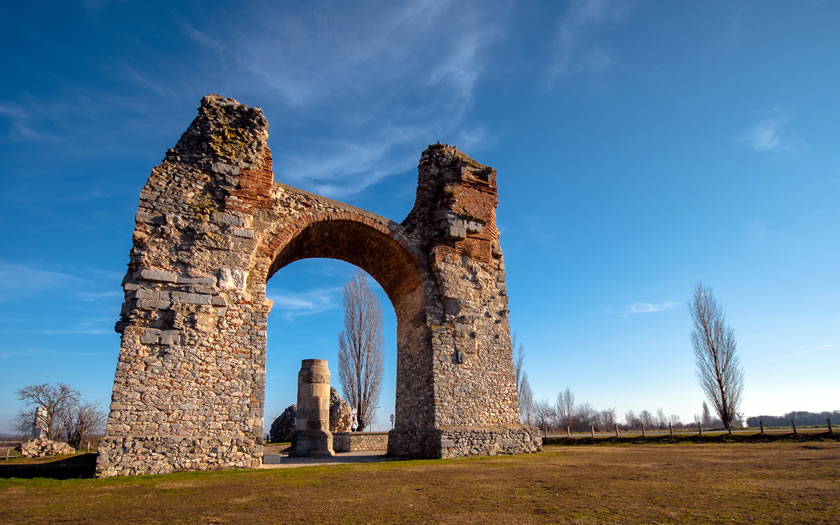
The UNESCO World Heritage listing for the Danube Limes refers to the chain of defensive forts that the Roman Empire built along the river in Austria, Germany and Slovakia to protect its towns and trade routes. Carnuntum to the east of Vienna is an example of one of these and is one of the most important archaeological sites from the era in Austria.
More information: www.carnuntum.at
12. Neusiedler See

The UNESCO listing refers to the cultural landscape around the Neusiedler See and Fertő over the border in Hungary. The lake is “the westernmost steppe lake in Eurasia and an area of outstanding natural values and landscape diversity”. The Neusiedler See-Seewinkel are is also protected as part of Austria’s national park system.
More information: www.neusiedlersee.com

